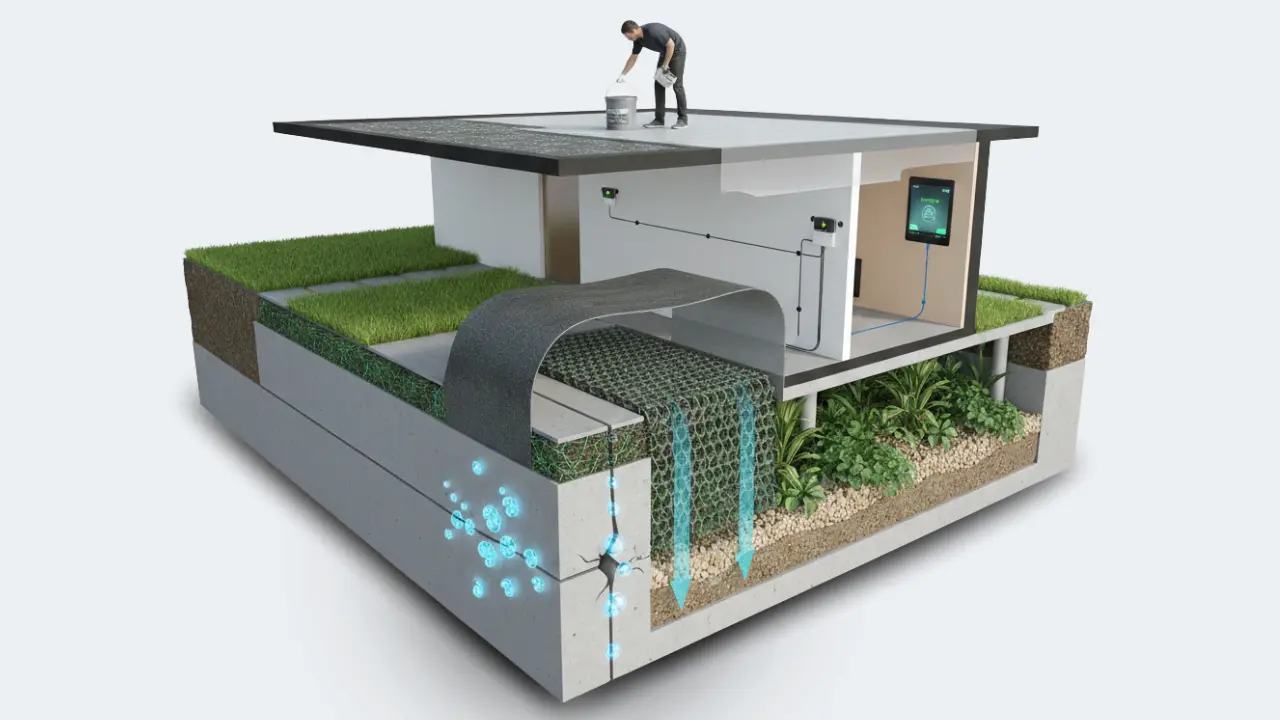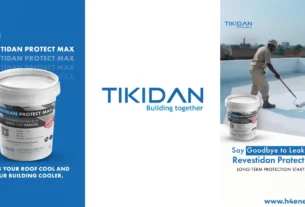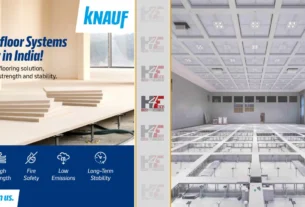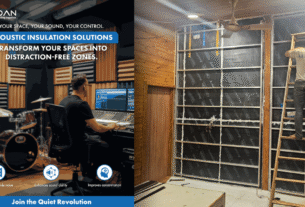Every homeowner dreams of a house that stands strong for decades—beautiful on the outside and healthy from within. Yet, one of the biggest silent threats to that dream is water damage. Whether it’s the first signs of dampness on a wall, a leaking ceiling after the monsoon, or musty air in the basement, moisture can slowly compromise a building’s structural integrity.
This is where modern waterproofing techniques come to the rescue. Over the last decade, technology has transformed how homes are protected from water infiltration. From crystalline waterproofing that seals concrete pores from within to liquid membranes that form an invisible armor over roofs, the evolution has been remarkable.
This article explores the types of waterproofing techniques, including basement and terrace waterproofing methods, their benefits, costs, and how to choose the best one for your home in India.
- Understanding Waterproofing and Why It Matters
- Types of Waterproofing Techniques
- Basement Waterproofing Techniques
- Waterproofing Techniques for Terrace
- Choosing the Right Waterproofing Solution for Your Home
- Modern Innovations in Waterproofing
- Common Waterproofing Mistakes to Avoid
- Maintenance Tips for Long-Term Protection
Understanding Waterproofing and Why It Matters
Waterproofing is the process of making a structure resistant to water penetration. It involves applying specialized materials or membranes that act as barriers, preventing moisture from seeping into walls, roofs, basements, and foundations.
In India, where monsoon rains, humid climate, and temperature fluctuations are common, waterproofing is not just a luxury—it’s a necessity. Even a small leak can cause severe damage over time:
- Peeling paint and damp walls lead to poor aesthetics and unhealthy living conditions.
- Corrosion of steel reinforcements weakens concrete structures.
- Mold and mildew growth can cause respiratory problems.
- Reduced property value due to visible water stains or leaks.
Homeowners often make the mistake of delaying waterproofing until damage appears. However, treating water seepage after it occurs can cost 3–5 times more than preventive waterproofing done during construction. Investing early not only protects your structure but also saves long-term expenses.
Types of Waterproofing Techniques
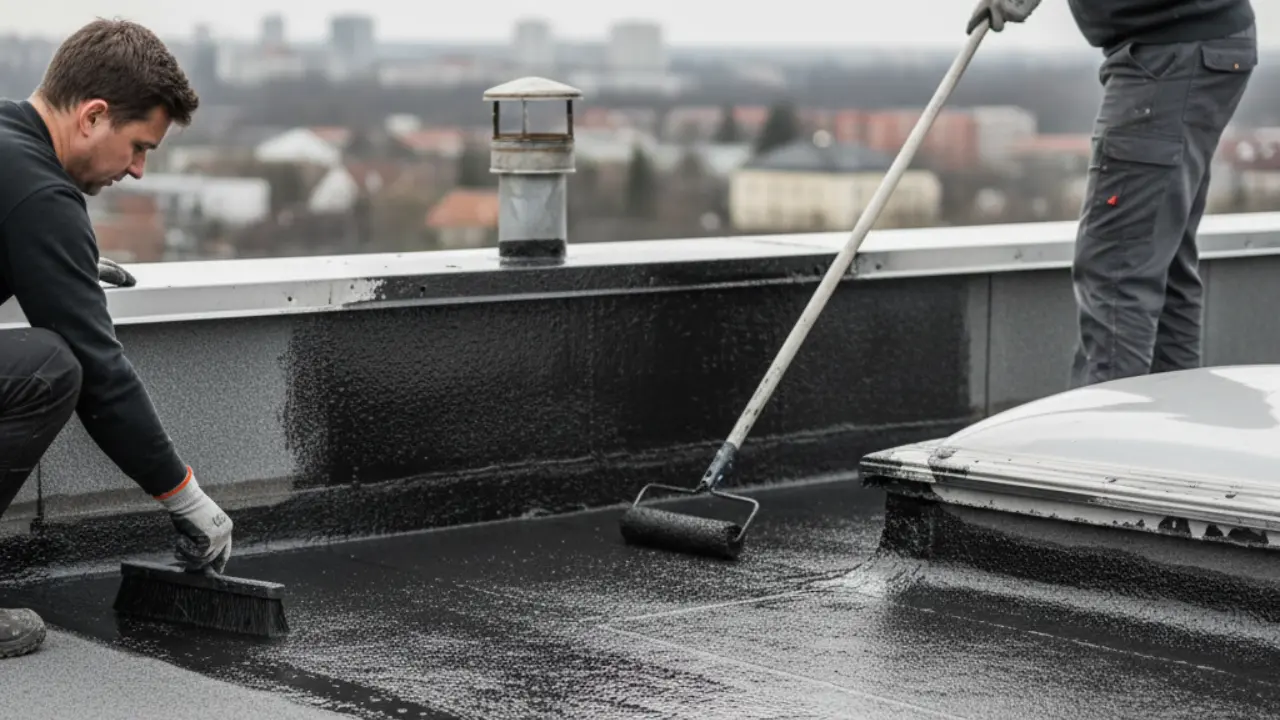
Each part of a home—terrace, basement, bathroom, or foundation—requires a specific method of protection. Here are the most popular and effective waterproofing techniques used in modern construction:
1. Cementitious Waterproofing
Cementitious waterproofing is one of the simplest and most common systems used in India. It involves mixing cement-based compounds with additives to create a thick slurry, which is applied to surfaces with a brush or trowel.
Best for: Bathrooms, kitchens, water tanks, and basements.
- Easy to apply and highly durable.
- Excellent adhesion to concrete and masonry surfaces.
- Affordable and widely available.
Limitations:
- Rigid; not ideal for surfaces that expand or contract.
- Requires protection from cracks due to structure movement.
2. Liquid Waterproofing Membrane
A liquid membrane is a thin coating—usually polyurethane or acrylic-based—that cures into a rubber-like layer. It’s applied with a spray, roller, or brush and can stretch to accommodate minor surface movements.
Best for: Roofs, terraces, and balconies.
- Seamless, flexible, and UV-resistant.
- Can be applied to both old and new surfaces.
- Available in different finishes and colors.
Limitations:
- Requires skilled application for uniform thickness.
- Surface must be well-prepared before coating.
3. Bituminous Coating (Asphalt Coating)
This waterproofing uses bitumen (a petroleum-based material) to form a protective layer over concrete. It’s typically applied in two or more coats.
Best for: Foundations, basements, and underground structures.
- Strong adhesion and high water resistance.
- Cost-effective and easy to apply.
- Resistant to corrosion and chemicals.
Limitations:
- Not suitable for areas exposed to sunlight unless modified with polyurethane or acrylic.
4. Bituminous Membrane Waterproofing
Unlike the liquid form, this method uses pre-fabricated bituminous sheets that are torched or laid over the surface.
Best for: Flat roofs and terraces.
- Highly durable and elastic.
- Excellent resistance to standing water.
- Provides long-term protection (10–15 years).
Limitations:
- Installation requires heat application (torch-on method).
- Improper sealing of joints can lead to leakage.
5. Polyurethane Liquid Membrane
Polyurethane waterproofing is considered one of the most advanced modern techniques. It involves applying a single or multi-component liquid that forms an elastic, seamless membrane upon curing.
Best for: Roofs, terraces, balconies, and high-exposure areas.
- Extremely flexible and resistant to wear.
- Can bridge cracks and surface irregularities.
- UV stable and long-lasting.
Limitations:
- Costlier than cementitious or bituminous systems.
- Needs expert applicators for best results.
6. Crystalline Waterproofing
Crystalline waterproofing works differently—it penetrates deep into the concrete and reacts chemically with lime and moisture to form insoluble crystals that block capillaries and pores.
Best for: Basements, foundations, tunnels, and water-retaining structures.
- Permanent, self-healing mechanism.
- Works even under high water pressure.
- Ideal for both positive and negative side waterproofing.
Limitations:
- Only suitable for concrete structures.
- Requires skilled application and proper curing.
Also Read
Basement Waterproofing Techniques
Basements are the most vulnerable parts of a building when it comes to water intrusion. Located below ground level, they face constant hydrostatic pressure from surrounding soil and groundwater.
Common Problems in Basements
- Wall dampness and efflorescence (white salt deposits).
- Water seepage through floor joints.
- Mold growth and foul odor.
- Structural cracks due to pressure.
Best Basement Waterproofing Methods
1. Crystalline Waterproofing
Because of its ability to penetrate concrete, crystalline waterproofing is ideal for basements. It seals capillaries and continues protecting even after small cracks form.
2. Bituminous Coating or Membrane
For external walls, a bitumen-based system prevents groundwater from seeping into the basement structure.
3. Cementitious Coating
Used internally to protect against dampness and seepage. It’s often combined with waterproof plaster for added strength.
4. Drainage and Sump Pump System
A sump pump helps collect and discharge water from the basement area during heavy rains—an essential backup for waterproofing.
Step-by-Step Process for Basement Waterproofing
- Clean and prepare the surface.
- Seal cracks and joints with a repair mortar.
- Apply the chosen waterproofing system (coating or membrane).
- Install a drainage board or protective layer before backfilling.
- Test the surface for leaks before finishing.
Maintenance Tips
- Inspect basement walls after every monsoon.
- Keep external drainage clear to avoid backflow.
- Reapply surface coatings every few years if exposed.
Also Read
Waterproofing Techniques for Terrace
The terrace bears the brunt of harsh sun, rainfall, and temperature variations—making it a critical area for waterproofing.
Common Problems
- Cracks due to thermal expansion.
- Water stagnation leading to leakage below.
- Deterioration of plaster or concrete.
- Fungal growth.
Best Terrace Waterproofing Techniques
1. Liquid Waterproofing Membrane
One of the most popular modern solutions, it forms a flexible, seamless coating that resists water pooling and UV exposure.
2. Polyurethane Coating
Provides superior protection for flat roofs with high exposure. It also improves reflectivity, keeping interiors cooler.
3. Bituminous Felt or Membrane
Traditional but still effective. Prefabricated sheets are heated and laid across the terrace with proper overlaps.
4. Brickbat Coba
A classic Indian technique involving lightweight bricks and cement mortar with waterproof additives. However, it’s being replaced by modern, lighter methods due to maintenance concerns.
Terrace Waterproofing: New Construction vs. Renovation
When it comes to terrace waterproofing, the approach differs based on whether the structure is newly built or being renovated. In new constructions, waterproofing should always be applied before the floor finishing. This ensures that the protective membrane bonds directly with the concrete surface, forming a strong, leak-proof barrier beneath the final flooring layer.
In the case of renovations, the process begins with a thorough cleaning of the terrace surface to remove dust, old coatings, and debris. Any visible cracks or damaged areas should be repaired using suitable sealants or repair mortar. Once the surface is smooth and prepared, a liquid or membrane-based waterproof coating is applied over the old layer to create a seamless, watertight finish.
To ensure the effectiveness of the waterproofing, a ponding test is recommended. In this test, the terrace is filled with 2–3 centimeters of water and observed for 48 to 72 hours. If no damp patches or seepage appear on the slab or ceiling below, the waterproofing has been successfully executed.
Choosing the Right Waterproofing Solution for Your Home
Every home has different needs, so no single technique works everywhere.
Factors to Consider
- Location & Climate: Areas with heavy rainfall require more durable systems.
- Surface Type: Concrete, brick, or stone surfaces react differently to coatings.
- Exposure: Exterior walls and terraces need UV-stable materials.
- Budget & Lifespan: Cementitious systems are cheaper but less flexible; polyurethane lasts longer but costs more.
While minor repairs can be handled with DIY waterproofing kits, large surfaces like terraces or basements require trained professionals. Incorrect application is one of the main reasons waterproofing fails.
Also Read
Average Waterproofing Costs in India (2025 Estimate)
| Type of Waterproofing | Approx. Cost (₹/sq.ft.) | Lifespan |
|---|---|---|
| Cementitious Coating | ₹50–₹80 | 5–7 years |
| Bituminous Coating | ₹60–₹90 | 8–10 years |
| Liquid Membrane | ₹80–₹120 | 10–12 years |
| Polyurethane Membrane | ₹120–₹150 | 12–15 years |
| Crystalline Waterproofing | ₹100–₹150 | 15+ years |
Modern Innovations in Waterproofing
Modern waterproofing has moved far beyond traditional methods like cementitious coatings or bitumen membranes. With advances in material science and construction technology, new-age solutions are being developed that offer longer lifespans, higher flexibility, and even self-repairing capabilities.
These innovations not only enhance durability but also improve sustainability and performance in varying Indian climates. Below are some of the latest innovations revolutionizing the waterproofing industry:
1. Nano-Coating Waterproofing
Nano-coating waterproofing uses nanotechnology to create ultra-thin, invisible layers that protect building surfaces at the molecular level. The nano-particles penetrate deep into pores of concrete or stone and form a hydrophobic (water-repelling) layer that prevents water absorption while still allowing air and moisture vapor to escape.
This technique is especially useful for exterior walls, facades, tiles, and stone surfaces that are exposed to heavy rainfall or humidity. Unlike conventional sealants that wear off over time, nano-coatings maintain long-term performance with minimal maintenance.
2. Self-Healing Concrete
Imagine a concrete structure that can repair its own cracks automatically—that’s the promise of self-healing concrete. This innovative material contains bacteria or special chemical agents that remain dormant inside the concrete mix. When cracks form and water seeps in, these agents react with moisture and calcium compounds to form limestone crystals, sealing the cracks naturally.
This reduces the need for frequent repairs, extending the life of the structure by decades. Self-healing concrete is ideal for bridges, basements, water tanks, and foundations—areas where maintenance is difficult or costly.
3. Spray-Applied Polyurea Systems
Polyurea coatings are among the most advanced waterproofing technologies available today. Applied through high-pressure spray machines, polyurea forms a seamless, flexible, and extremely durable membrane within seconds of application. Once cured, it provides excellent resistance to abrasion, chemicals, water, and UV radiation.
This method is ideal for large terraces, podiums, swimming pools, water tanks, and parking decks, where quick application and long-term performance are required.
4. Green Roof Waterproofing
As sustainability becomes a key focus in modern architecture, green roof waterproofing has emerged as an eco-friendly innovation. This system involves installing specialized multi-layer waterproof membranes below the soil and vegetation on a rooftop garden. These membranes prevent root penetration and water seepage while allowing efficient drainage.
A green roof not only adds beauty but also offers significant thermal insulation, reducing heat transfer into the building and lowering cooling costs. Additionally, it helps manage rainwater runoff, improve air quality, and promote urban biodiversity.
5. Smart Waterproofing Monitoring Systems
In an era of smart homes and IoT (Internet of Things), waterproofing has also gone digital. Smart waterproofing systems use embedded moisture sensors within concrete or membrane layers to monitor humidity levels in real-time. These sensors transmit data to a central system or mobile app, alerting homeowners or maintenance teams of leaks or rising moisture before visible damage occurs.
This predictive approach allows for early detection and preventive maintenance, saving both money and effort.
Common Waterproofing Mistakes to Avoid
Even the best products fail when not applied correctly. Here are key mistakes to watch out for:
- Skipping Surface Preparation: Dust, oil, or loose plaster prevent coatings from bonding.
- Ignoring Cracks: Waterproofing on damaged surfaces leads to early failure.
- Incorrect Product Selection: Using interior products outdoors or vice versa.
- Poor Application: Uneven thickness or missing overlaps in membranes.
- No Water Testing: Always perform a leak test before final finishing.
Everything About H4ENEWS
Maintenance Tips for Long-Term Protection
- Inspect roofs, bathrooms, and basements at least twice a year.
- Clean terrace drains and gutters before monsoon.
- Re-seal expansion joints and cracks immediately.
- Avoid drilling or damaging waterproofed surfaces.
- Schedule professional inspection every 5 years for major areas.
Consistent maintenance can easily extend the lifespan of your waterproofing system by 30–40%.




